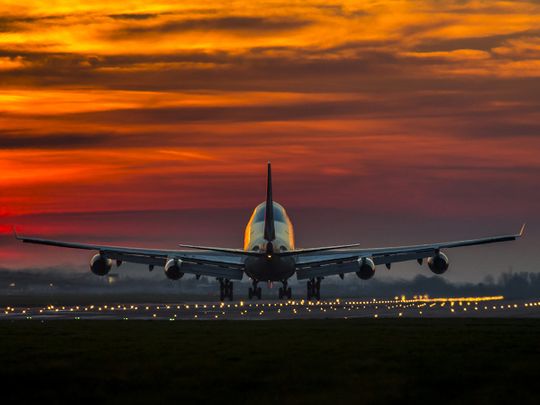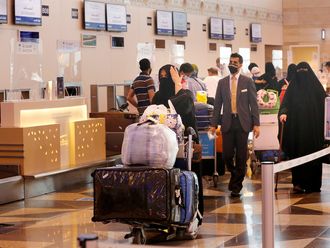
Doha: A return in travel demand will allow airlines to reduce their losses in 2022 and possibly reach profitability in 2023, according to the International Air Transport Association (IATA).
Industry losses are expected to reduce to $9.7 billion, compared to the previous estimate of a loss of $11.6 billion. This is a “huge improvement” from losses of $137.7 billion in 2020 and $42.1 billion in 2021, said IATA.
Industry-wide profitability in 2023 appears within reach with North America already expected to deliver an $8.8 billion profit in 2022, it said, adding that strong pent-up demand, the lifting of travel restrictions in most markets, and low unemployment will result in passenger numbers reaching 83 per cent of pre-pandemic levels in 2022.
Despite economic challenges, cargo volumes are expected to set a record high of 68.4 million tonnes in 2022.
“Airlines are resilient. People are flying in ever greater numbers, and cargo is performing well against a backdrop of growing economic uncertainty,” said Willie Walsh, IATA’s Director General. “It is a time for optimism, even if there are still challenges on costs, particularly fuel, and some lingering restrictions in a few key markets.”
Rising revenues
Revenues are rising as COVID-19 restrictions ease and people return to travel. Industry revenues are expected to reach $782 billion in 2022, around 93 per cent of 2019 levels. Flights operated in 2022 are expected to total 33.8 million, which is 86.9 per cent of 2019 levels.
Passenger revenues are expected to account for $498 billion of industry revenues, more than double the $239 billion generated in 2021. Scheduled passenger numbers are expected to reach 3.8 billion, with revenue passenger kilometers (RPKs) growing 97.6 per cent compared with 2021, reaching 82.4 per cent of 2019 traffic.
“As the industry returns to more normal levels of production and with high fuel costs likely to stay for a while, profitability will depend on continued cost control,” said Walsh.
Cargo revenues are expected to account for $191 billion of industry revenues. That is down slightly from the $204 billion recorded in 2021, but nearly double the $100 billion achieved in 2019. Overall, the industry is expected to carry over 68 million tonnes of cargo in 2022, which is a record high.
Fuel factor
Airlines’ overall expenses are expected to rise to $796 billion, up 44 per cent from 2021. Fuel will be the industry’s largest cost item this year, constituting around $192 billion of the total expenses.
Airlines are expected to consume 321 billion litres of fuel in 2022 compared with the 359 billion litres consumed in 2019.
“War in Ukraine is keeping prices for Brent crude oil high. Nonetheless, fuel will account for about a quarter of costs in 2022,” said IATA. “At the same time, high oil and fuel prices are likely to see airlines improve their fuel efficiency—both through the use of more efficient aircraft and through operational decisions.”








